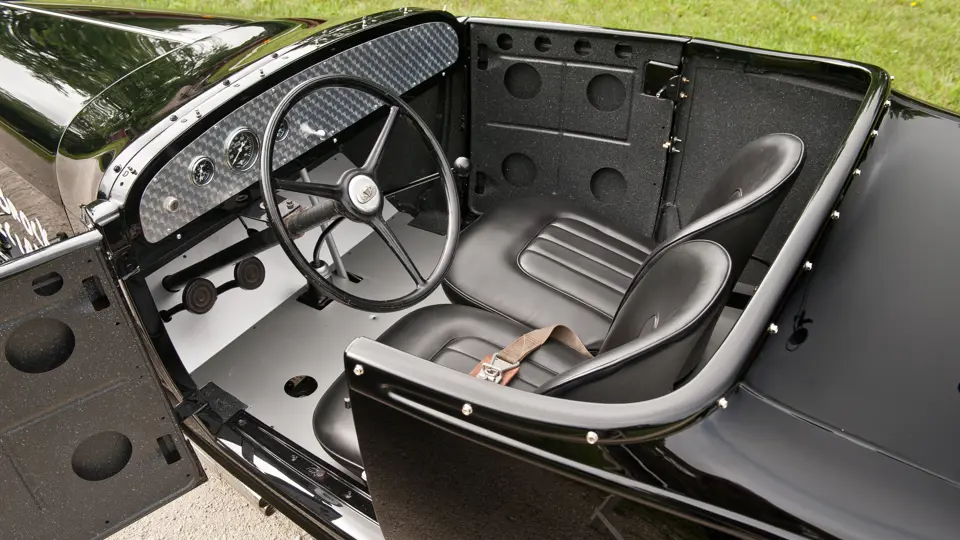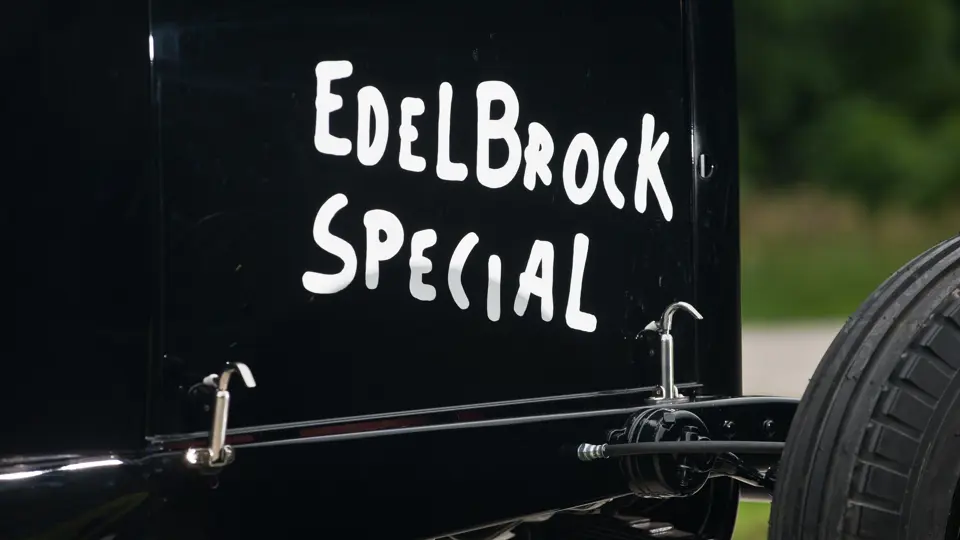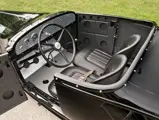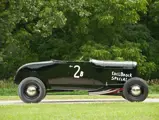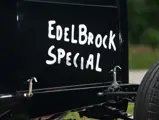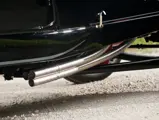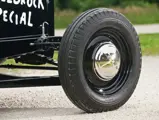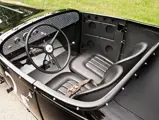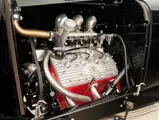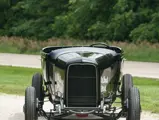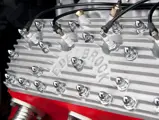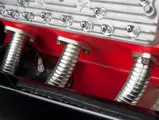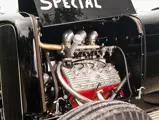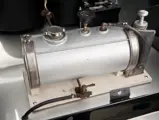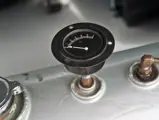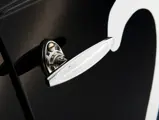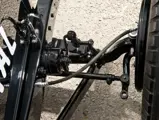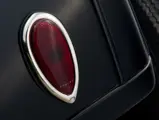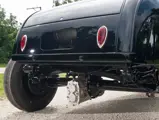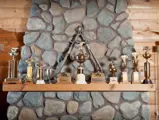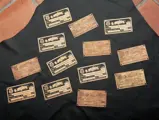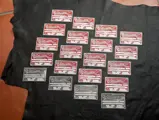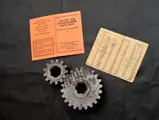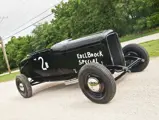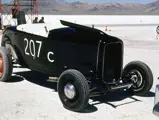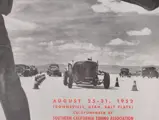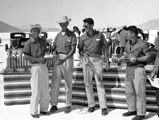259 cu. in. 1949 Ford flathead V-8 (over-bored 0.100" and de-stroked 1/8"),
1932 Ford chassis, Edelbrock heads and three-carburetor intake, Harman and Collins camshaft, three-speed manual gearbox, four-wheel hydraulic brakes, solid front and rear axles, single transverse semi-elliptic leaf springs front and rear. Wheelbase: 106"
Description written by Ken Gross
- The Famous Bill Likes “2B” RTA/SCTA/BONNEVILLE record-setting roadster
- 13 world land-speed records
-Extraordinary documentation, from timing slips to trophies and everything in between
- Superb restoration of an original, record-setting salt flat racer
Before World War II, in the early days of organized hot rodding, Vic Edelbrock, Sr. operated a machine shop and service station in Los Angeles. On weekends, he drove his 1932 Ford roadster up to the dry lakes, where he competed under the auspices of the fledgling Southern California Timing Association (SCTA). Edelbrock began to create a line of speed equipment for Ford and Mercury flathead engines. After the war, his highly respected performance parts business grew exponentially. Edelbrock knew racing victories would help draw attention and spur sales. Besides running his roadster and a pair of midget racers, Vic Sr. encouraged his employees to compete as well.
Assisted by Bobby Meeks, Edelbrock’s talented engine builder, employees Bob and Dick Pierson, Don Waite, Francisco “Fran” Hernandez and Bill Likes became respected competitors. The Pierson Brothers’ chopped ’34 Ford coupe topped 143 mph in 1949 and appeared on the cover of Hot Rod Magazine. A member of the Russetta Timing Association (RTA) Coupes Club, Bill Likes owned a ’32 Ford highboy. Using different displacement flatheads, Likes and Hernandez competed in SCTA Classes B and C, for engines up to 260-cid and 305-cid.
Known as the “Edelbrock Special,” Bill Likes’ roadster could be considered the quintessential racing highboy of its era. Bill was the man to beat every time he appeared. Initially using a 1932 roadster body on a 1932 Ford frame painted dark blue, stripped of every nonessential part and packing a potent flathead, the clean, well-turned-out Likes highboy was a top points getter at SCTA and Russetta meets. It was photographed in Hot Rod magazine and Fawcett hot rod publications of the era. The machine shop manager at Edelbrock, Bill Likes always ran Edelbrock-built flatheads, fitted with his employer’s latest equipment and tuned to perfection by Bobby Meeks.
In the 1950 season, his rookie year for the Sidewinders Club, Bill received 1,290 competition points to earn the coveted number 2. His fastest one-way Class B speed was 138.67 mph. Vic Edelbrock talked Likes and the Pierson Brothers into swapping engines. The Piersons ran Bill’s potent flathead in their coupe as a “B” Modified and turned a world-class record of 146.365 mph. Running the Pierson’s “C” engine, Bill’s roadster turned 141.06 mph.
For 1951, Bill fitted a gutted-out ’29 Model A Roadster body to the ’32 chassis. The smaller Model A body had a slimmer profile than the Deuce, which helped reduce the effects of wind resistance. Bill often towed the ’29-bodied car to the meets with a full-fendered ’32 Ford roadster. He set a Russetta “A” Roadster record of 148.760 mph, and at Bonneville in ’51, Bill brought a de-stroked Class “B” flathead setup, and Vic Edelbrock, Sr. provided a bored-and-stroked “C” Class engine. Running on methanol, Likes set four world records on the salt, with a top speed of 153.583 mph in the B Roadster Class. The ’29 roadster was photographed at the starting line with Bill behind the wheel. In that event, the car ran as both a “B” and “C” Class competitor. Flex pipe headers ran beneath the frame rails, a Halibrand quick-change rear was visible under the car, and the license plate area was opened out to allow trapped air to escape from inside. A white tonneau cover helped streamline the body.
In 1952, Bill’s 4B ’29 NFR (non-fendered roadster) set a Bonneville SCTA B Roadster record of 146.365 mph that stood for two years. His one-way top speed that year was 148.760 mph. Speaking with Fawcett Publications How to Build Hot Rods editor Bill Czygan that year, Likes revealed a few of his speed secrets. “What I like to do in building an engine for competition,” he confided, “is de-stroke it...by grinding the crankpins off-center toward the inside, instead of toward the outside when stroking. This way you can use standard connecting rods and low crown pistons.” Bill’s short-stroke engines could turn over 5,600 rpm when stroked motors could barely touch 5,200 rpm. He ran meticulously milled, domed and fly-cut Edelbrock heads with a 10.0:1 compression ratio. “You get a longer range of power,” Likes explained, “but you don’t get the torque of a long-stroked engine.” He used a triple carburetor Edelbrock manifold and ran straight methanol before trying his own nitro-methane fuel mix. He was soon selling fuel to other competitors. “I’ve seen proof that the more nitro you burn,” Likes said, “the faster you go.” Bill recommended another ‘demon tweak’ to help a stock roadster body achieve record speeds: “I rearranged the weight distribution to 55 percent on the front wheels and 45 percent at the rear.”
For 1953, Bill converted his #346 ’29 roadster to run on gas at the Russetta Timing Association Meet at El Mirage Dry Lake and set the first G-Roadster record at 141.676 mph. His ’52 Bonneville record wasn’t broken in ’53, so he held both the El Mirage and the salt flats records that year. In 1954, Bill’s four-year hold on the Bonneville “B” Roadster record was finally broken by the Williams Brothers’ fast ’29 Roadster, which topped 159 mph, powered by a 259-cid Dodge “Red Ram” OHV hemi V-8. Bill ran his roadster at a Russetta meet that year with a 296-cid flathead and hit 141.509 mph. But the handwriting was on the wall for flathead-powered racers. Likes retired his ’29 roadster after the 1957 season and enjoyed hot rodding around Los Angeles with his friends in the Screwdrivers, the Hot Rod Club he’d helped keep at the top of the charts for many seasons.
Likes converted the record-setting ’29 for street use and proudly attached his El Mirage and Bonneville world record RTA/SCTA timing tags to the dash. When he became ill 30 years ago, he entrusted the car along with his voluminous archives and parts collection to a friend, who moved to New Mexico, where the roadster was only rarely used for the next three decades. When the car was found, it was very complete. It’s been completely restored to look the way it did in 1951, but with some original parts, like the seat belts, bomber seats and tape-wrapped steering column, preserved just the way Bill Likes raced it.
The extensive archive that comes with this historic and seminal hot rod is incredible. Bill Likes saved everything! There are over 400 items, including a Class “C” flathead V-8 engine, the original tonneau cover, tow bar, fuel tank, trophies, programs, timing sheets, race results, receipts (some with Vic Edelbrock’s name on them), early Edelbrock and Iskenderian catalogs and a remarkable collection of original photographs that Bill took of his car and other racers. It’s been called “a blueprint to the formation of Salt Flats racing and Ground Zero hot rodding.”
Don Montgomery, author of many books on historic hot rodding, commented, “there are numerous pictures of Bill Likes’ roadsters in my books because he was very successful and his cars usually looked great.” Freshly restored, the Edelbrock Special is a significant highboy hot rod that’s eligible for the Pebble Beach Concours d’Elegance Historic Hot Rod Class, as well as every major hot rod event.




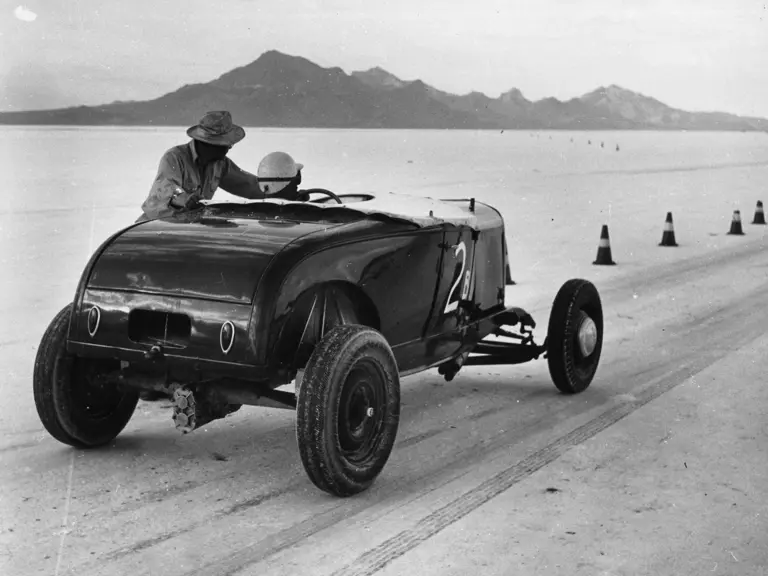
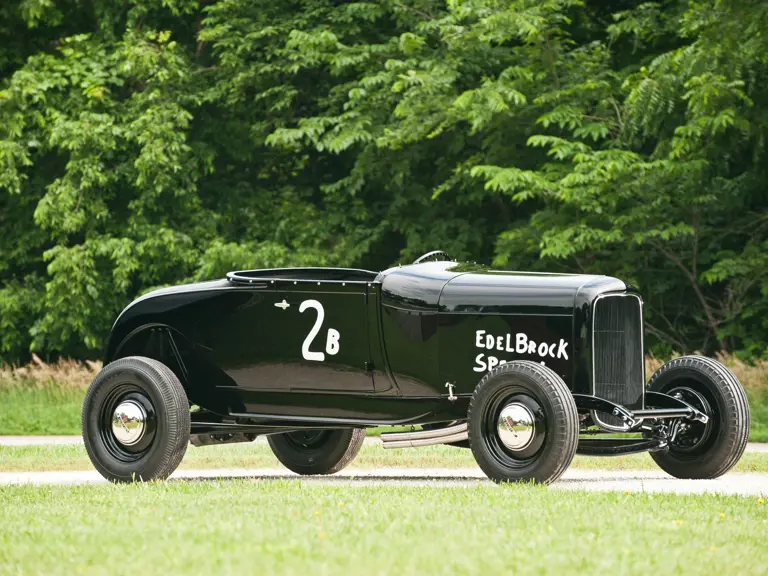
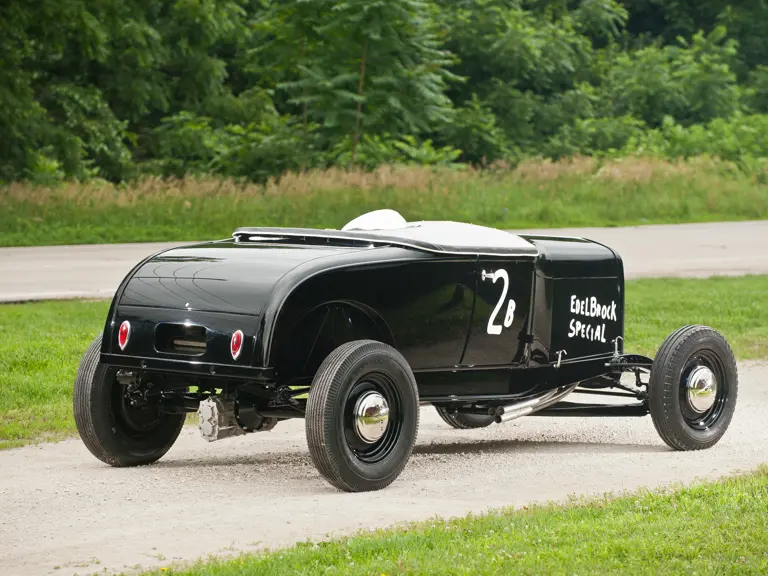
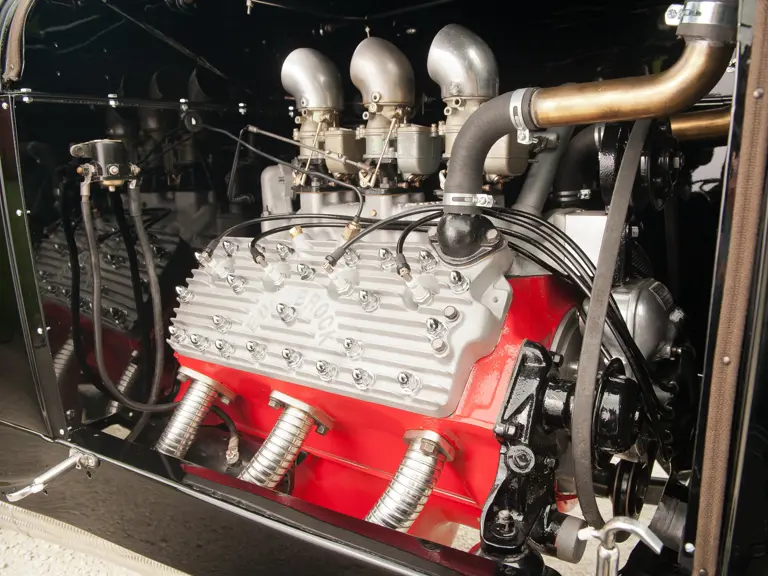

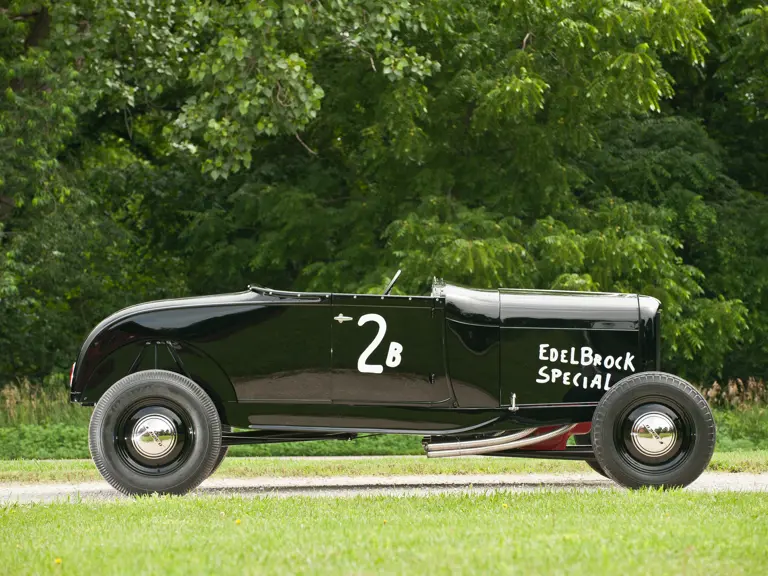
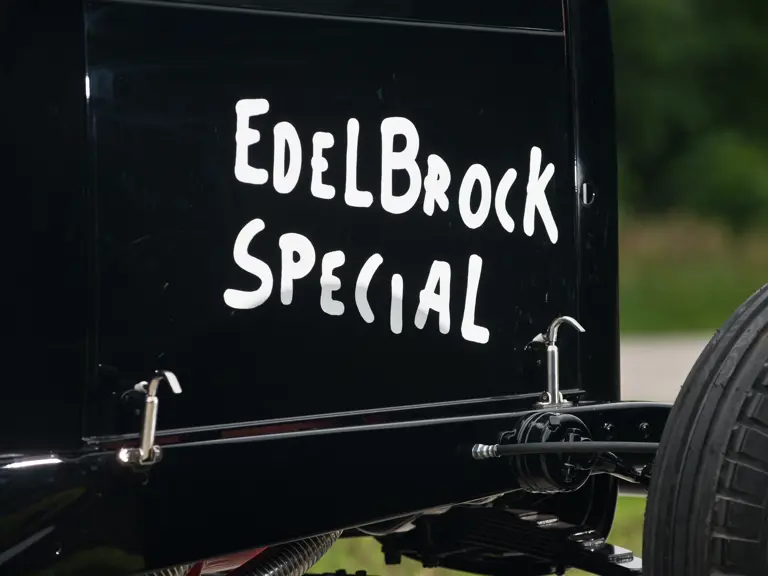
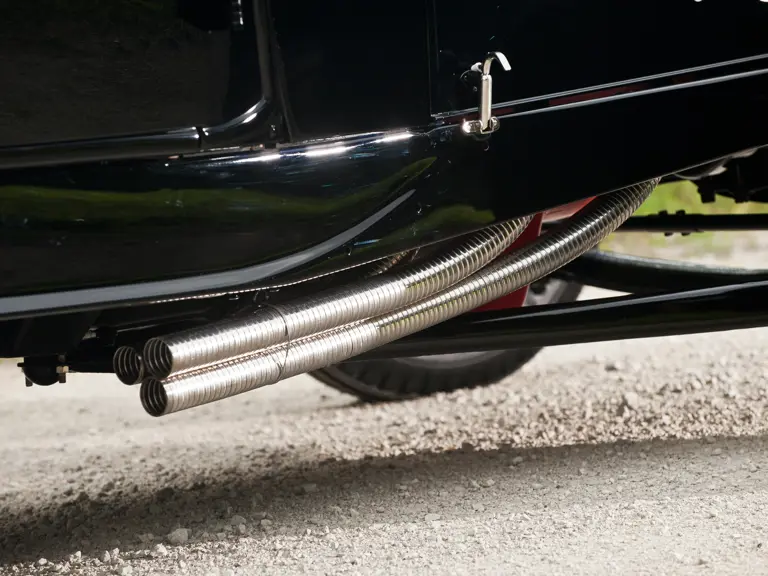
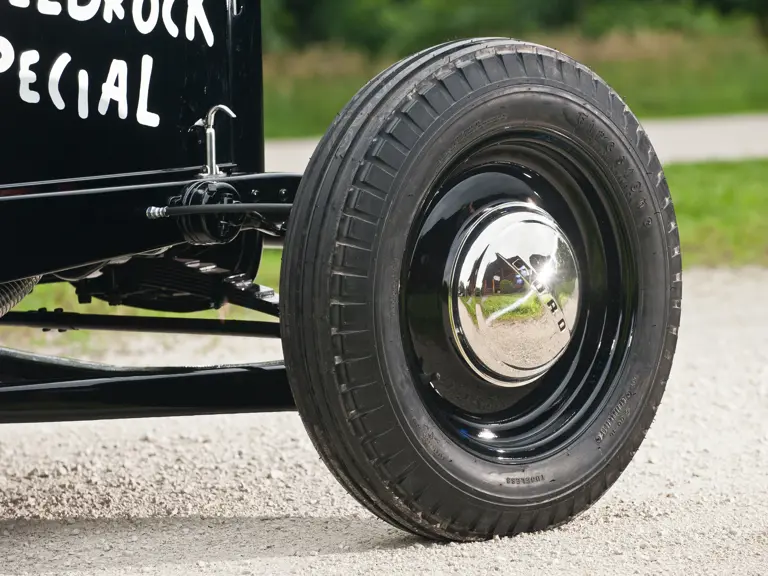
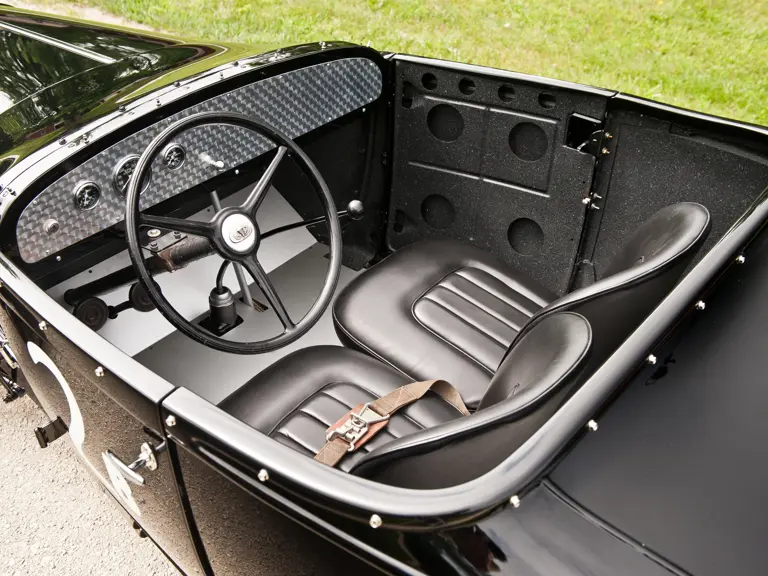

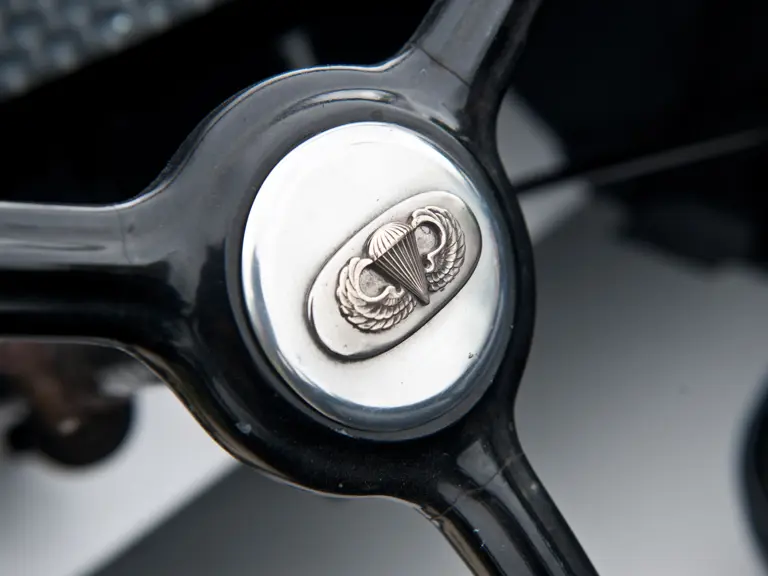
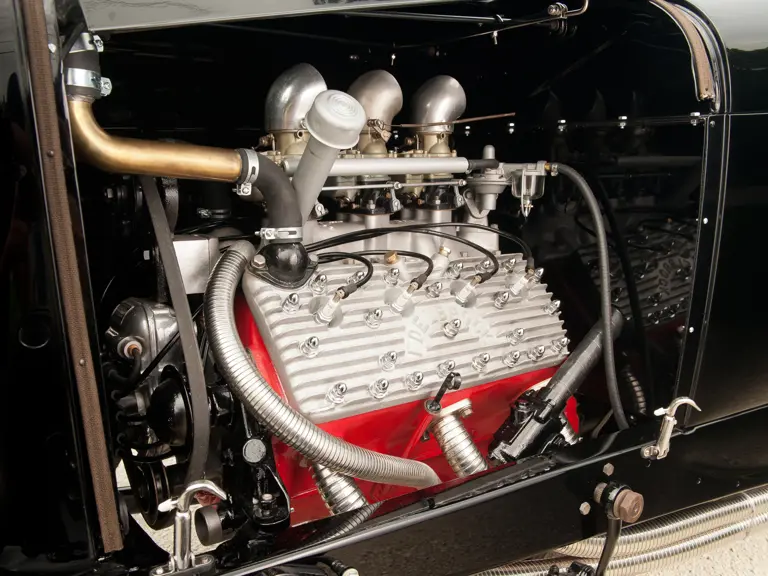

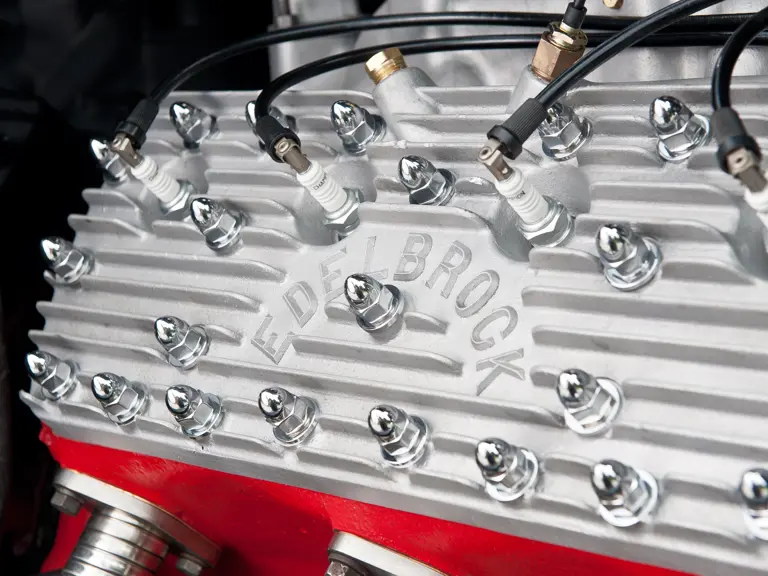
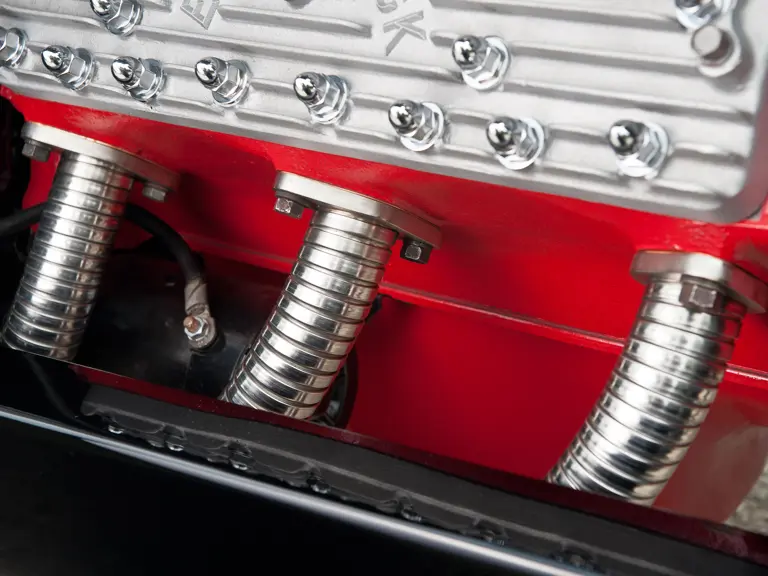

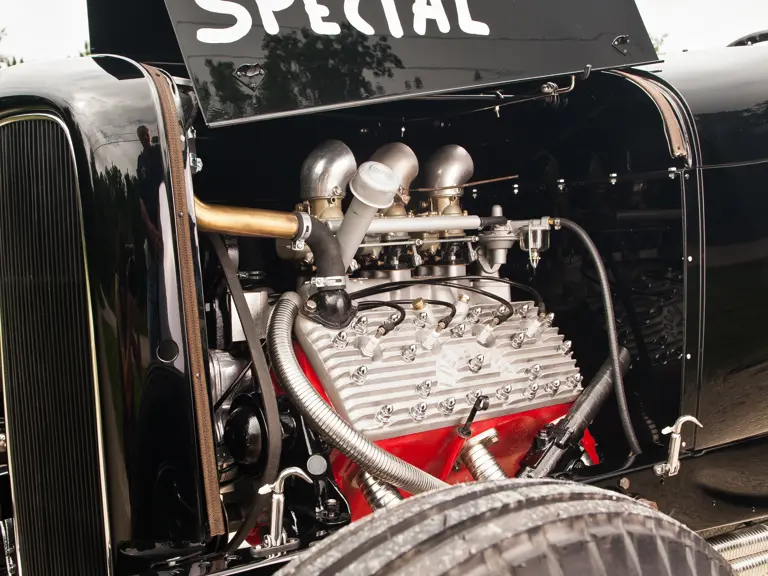

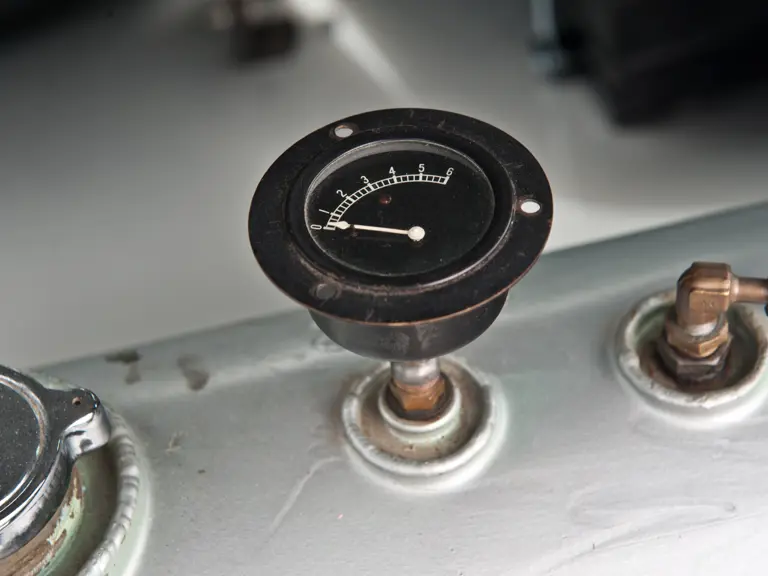
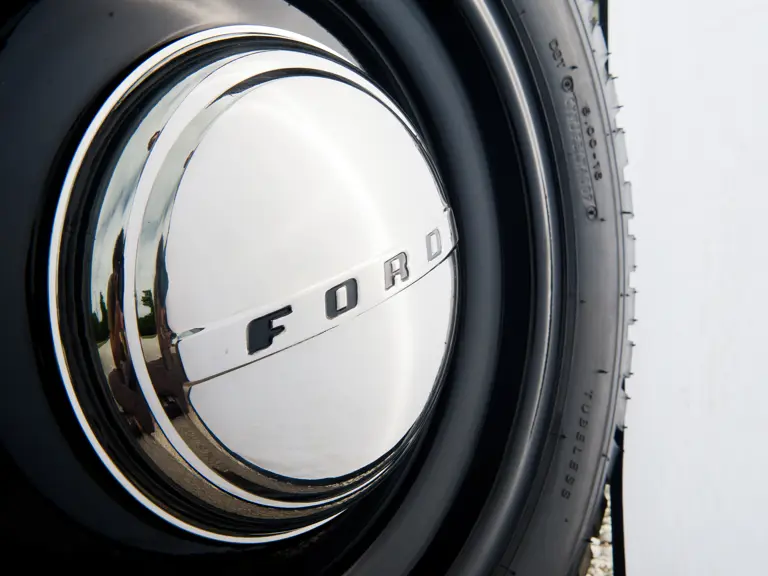
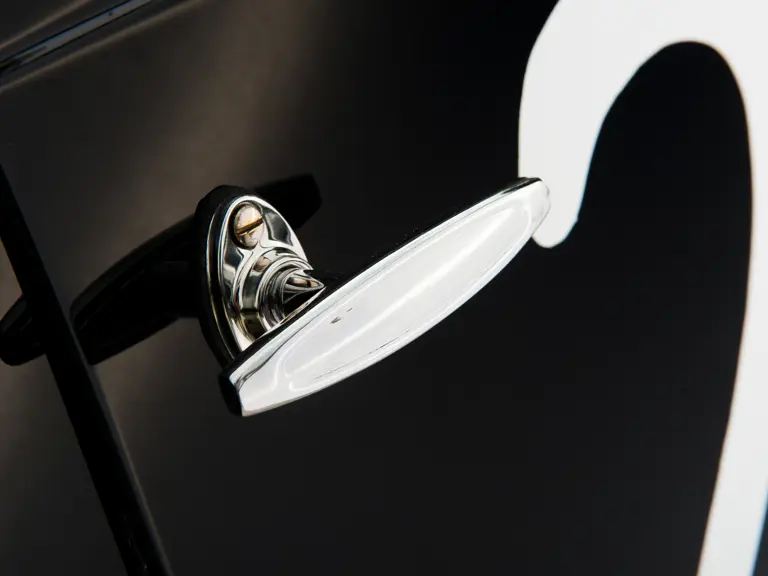

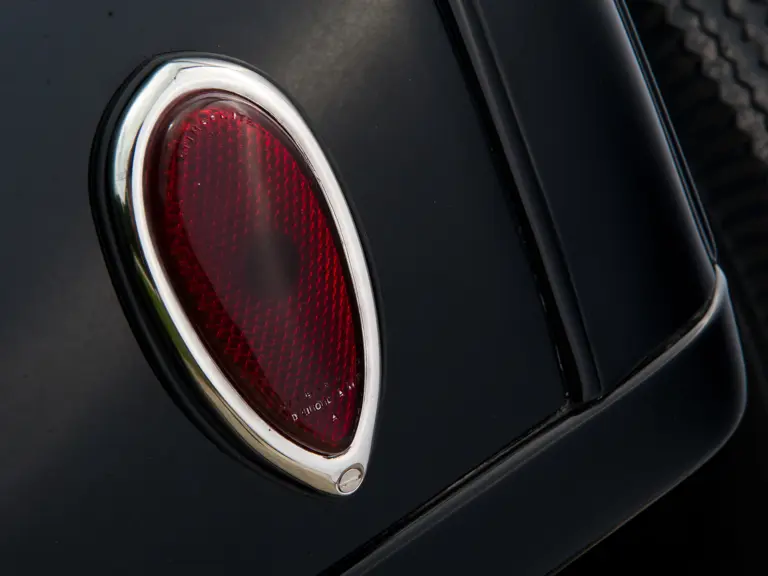
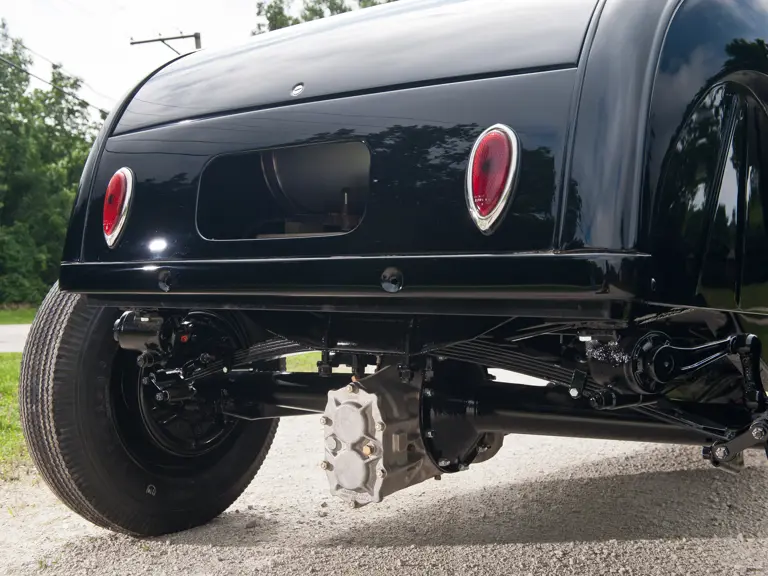



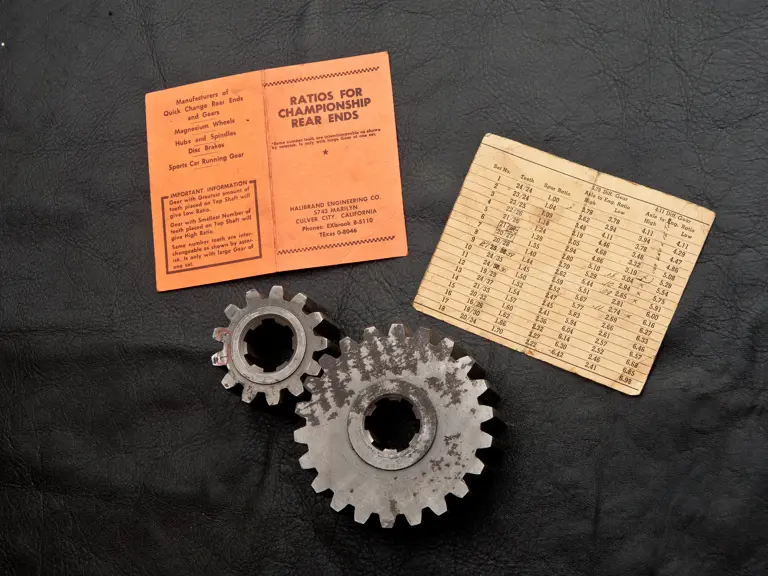
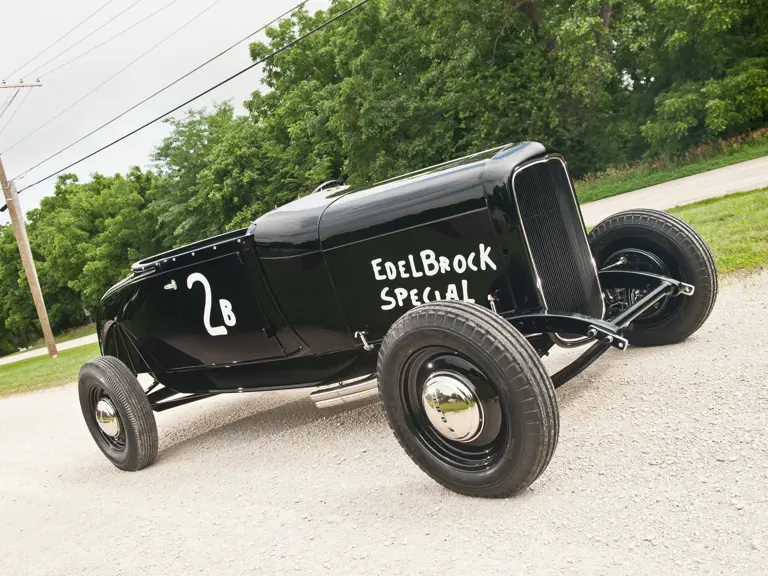


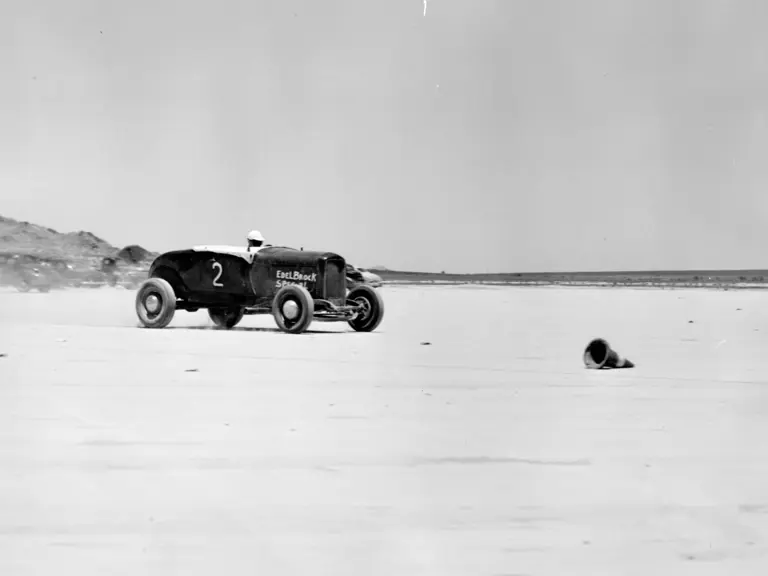
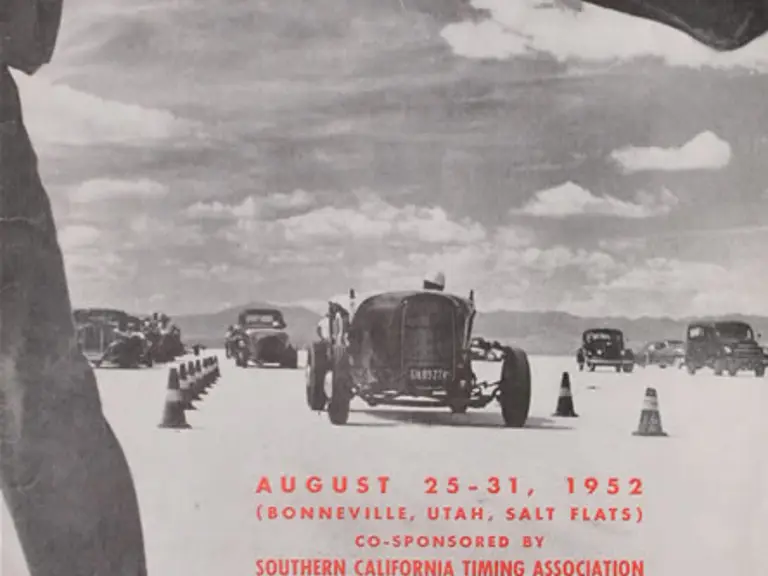
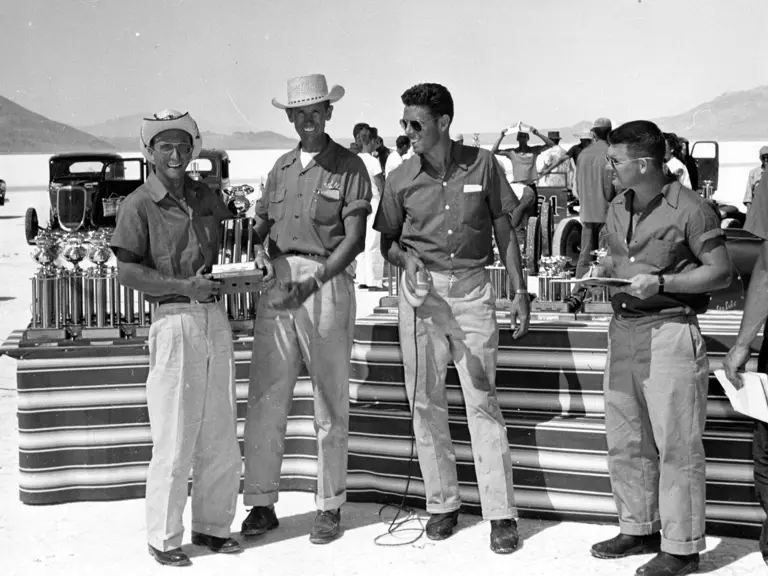
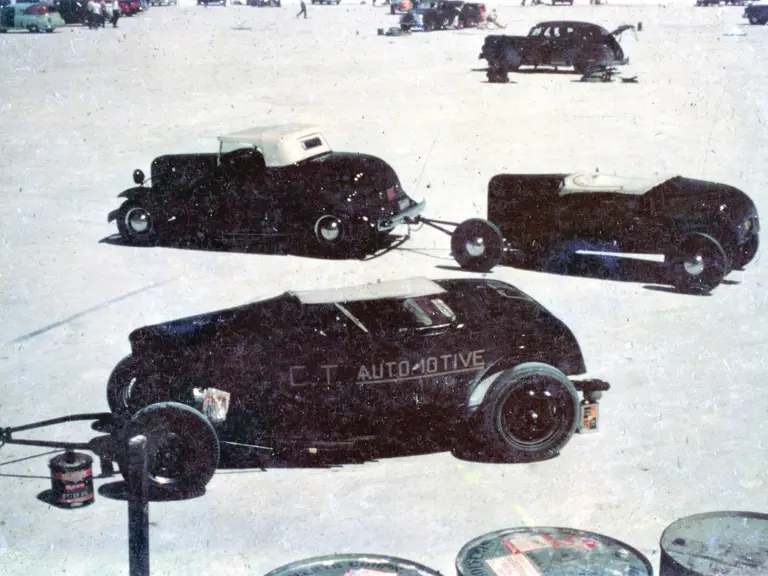

 | Monterey, California
| Monterey, California
